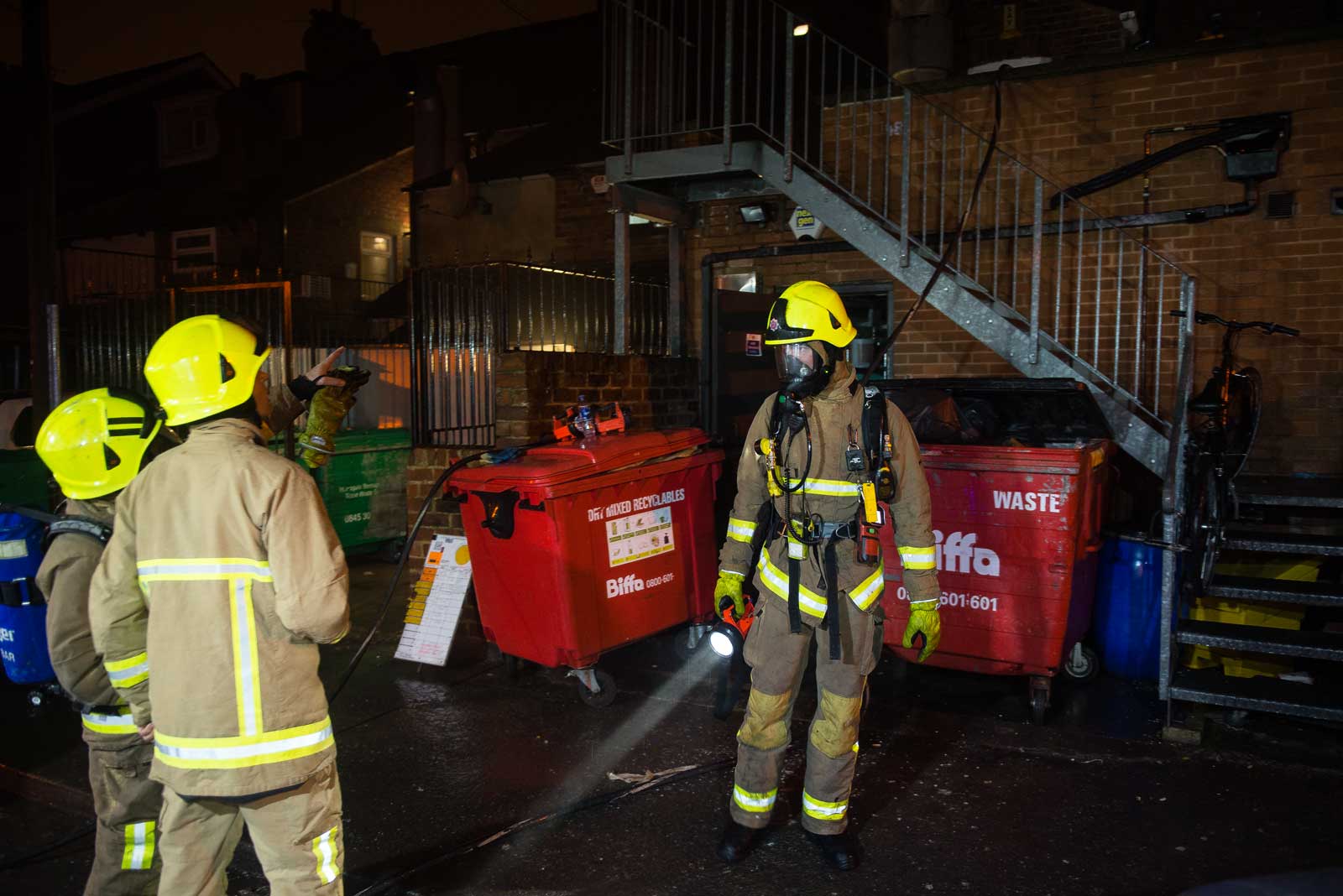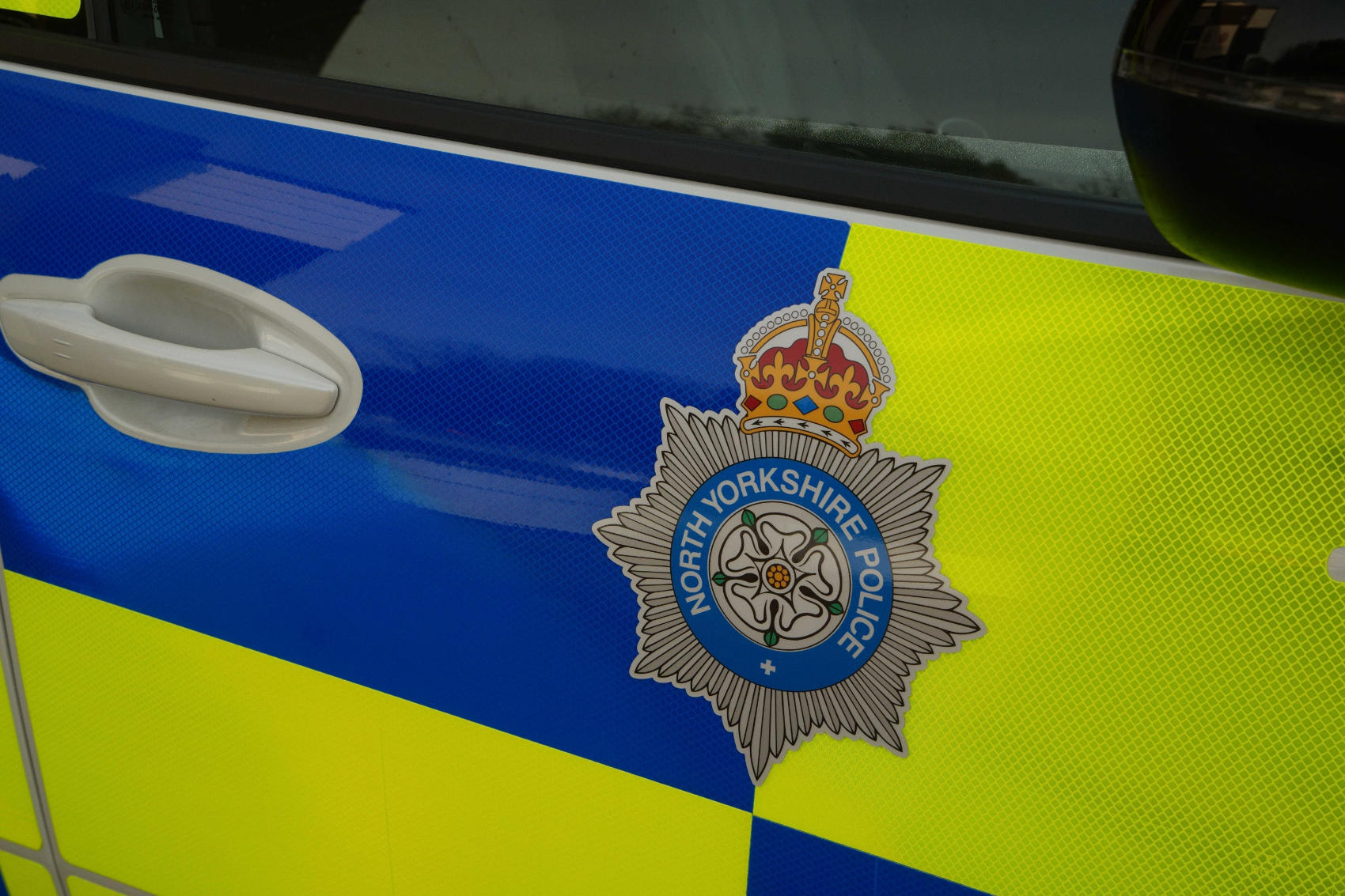The Policing and Crime Act 2017 places a duty on police, fire and ambulance services to work together and enables police and crime commissioners to take on responsibility for fire and rescue services where a local case is made.
In response, the Police and Crime Commissioner for North Yorkshire has undertaken a review of the governance of the Fire and Rescue Service and proposed changes that are aimed at promoting improved collaboration between the Police and the Fire and Rescue Service. In turn, it is suggested that this will lead to greater efficiencies, improved outcomes and increased investment in front-line services.
The options that are specified in the Policing and Crime Act 2017 to enable greater collaboration between blue light services to improve emergency services are as follows:
- The status quo or the ‘do nothing’ option
- The Representation Model – the Police and Crime Commissioner is represented on the Fire Authority and its committees
- The Governance Model – the Police and Crime Commissioner to take on legal and overarching responsibility for the Fire and Rescue Service and the Fire and Rescue Authority ceases to exist as a governing body
- The Single Employer Model – the functions of the Fire and Rescue Service would be transferred to a single Chief Officer for policing and fire and rescue.
The preferred option for the Police and Crime Commissioner is that the Governance Model is adopted, whereby the Police and Crime Commissioner takes on legal and overarching responsibility for the Fire and Rescue Service and that the Fire and Rescue Authority would cease to exist as a governing body.
The Fire and Rescue Authority was established in April 1996 and it has specific responsibilities in directing and monitoring the role of the Fire Service. The Authority is made up of 16 elected councillors representing the City of York and North Yorkshire County.
The consultation documents can be accessed at www.telljulia.com
Government legislation gives PCCs the right to consult with the public on the proposed options and then submit a business case to the Home Secretary stating the preferred option.
The decision of the tier one authorities impacts on the next step in the process. If the local authorities agree with the PCC, the business case can then be submitted to the Home Secretary for a decision.
If the local authorities don’t agree with the preferred option, then the business case goes to the Home Secretary, but it then undergoes an independent assessment.
North Yorkshire’s community safety recently heard proposals by the Police and Crime Commissioner for changes to who oversees the Fire and Rescue Service.
At the North Yorkshire Corporate and Partnerships Overview and Scrutiny Committee meeting, Julia Mulligan outlined her preferred option for changes to the governance of the Fire and Rescue Service. She put forward a ‘Local Business Case’ for accelerating the pace of collaboration between the Police and the Fire and Rescue Service.
The proposals would mean the Police and Crime Commissioner would take on responsibility for the Fire and Rescue Service and that the Fire and Rescue Authority would cease to exist as a governing body
At the committee meeting, county councillors raised a number of concerns, including:
- The Local Business Case does not clearly explain why there is a pressing need to move to new governance arrangements
- The pace of collaboration has been slow in some areas but there is no real understanding as to why and what options there are to address it
- Questions as to why there was such a limited view of collaboration, when there are real opportunities to develop whole-sector approaches to collaborative working
- The financial arguments are not clear – in particular, it is unclear whether critical future funding from central government will be secured.
Councillor Derek Bastiman, chairman of the Overview and Scrutiny Committee, said:
We are supportive of collaborative working between the Police and the Fire and Rescue Service, where it can be demonstrated that it improves outcomes and helps to save money that can then be invested in front line services.
The concern is that the arguments put forward to date in favour of changes to the governance of the Fire and Rescue service have not been convincing. If the pace and scope of collaboration between the two services needs to be accelerated and expanded, then surely it makes sense, first and foremost, to fully understand what is holding things up and then work out how to address that. Why leap straight to changes in governance that may well prove to be irreversible?
The county council has been working for many years with the emergency services, district councils, the NHS, the voluntary and community sector and many others. Joint initiatives, when properly planned and tested, can improve services and reduce costs. The North Yorkshire Fire and Rescue Authority has been a key partner in this process.
It is overly simplistic to focus in on models of one dimensional collaboration. The real challenge and opportunity comes from multilateral collaboration and joint working across a broad range of agencies and organisations in the county. The concern is that a strong, exclusive and unilateral arrangement between the Police and the Fire and Rescue Service will undermine some of the joint work that has been done to date and limit what can be gained from countywide collaboration and partnership working in the future.
After considering the arguments put forward by the Police and Crime Commissioner, the chairman of the Fire and Rescue Authority, county councillors and members of the public, the committee decided that the preferred option for North Yorkshire was a ‘Representation Model’ meaning the Police and Crime Commissioner would become the 17th member of the Fire and Rescue Authority. This would enable new approaches to be tested before commitments were made to more radical changes.
The consultation on the proposals ends on Friday, 22 September.
Cllr Bastiman said:
We would encourage people to take part in the consultation and to ensure that their voice is heard. This may seem like a dry and technical discussion about who manages what, but the implications for the Fire and Rescue Service could be far reaching, as the Fire and Rescue Authority ceases to exist and its roles and responsibilities are taken on by the Police and Crime Commissioner.
Julia Mulligan, Police and Crime Commissioner for North Yorkshire said:
We have identified over £6.5 million of savings that can be reinvested into the public’s services, savings that are all the more important when the fire service is making cuts to frontline fire fighters and there are increasing demands on our police service.
I thank the council for contributing their view and it will be taken into consideration as part of the formal consultation process.
My focus has always been, and always will be, the public. By joining the oversight of fire and policing services, but steering clear of a merger, we can improve collaboration and deliver better support to the most vulnerable people like isolated elderly, those with mental ill health, and those on the cusp of criminality.
I would encourage the public to go to www.telljulia.com to find out more information and let me know what they think.







